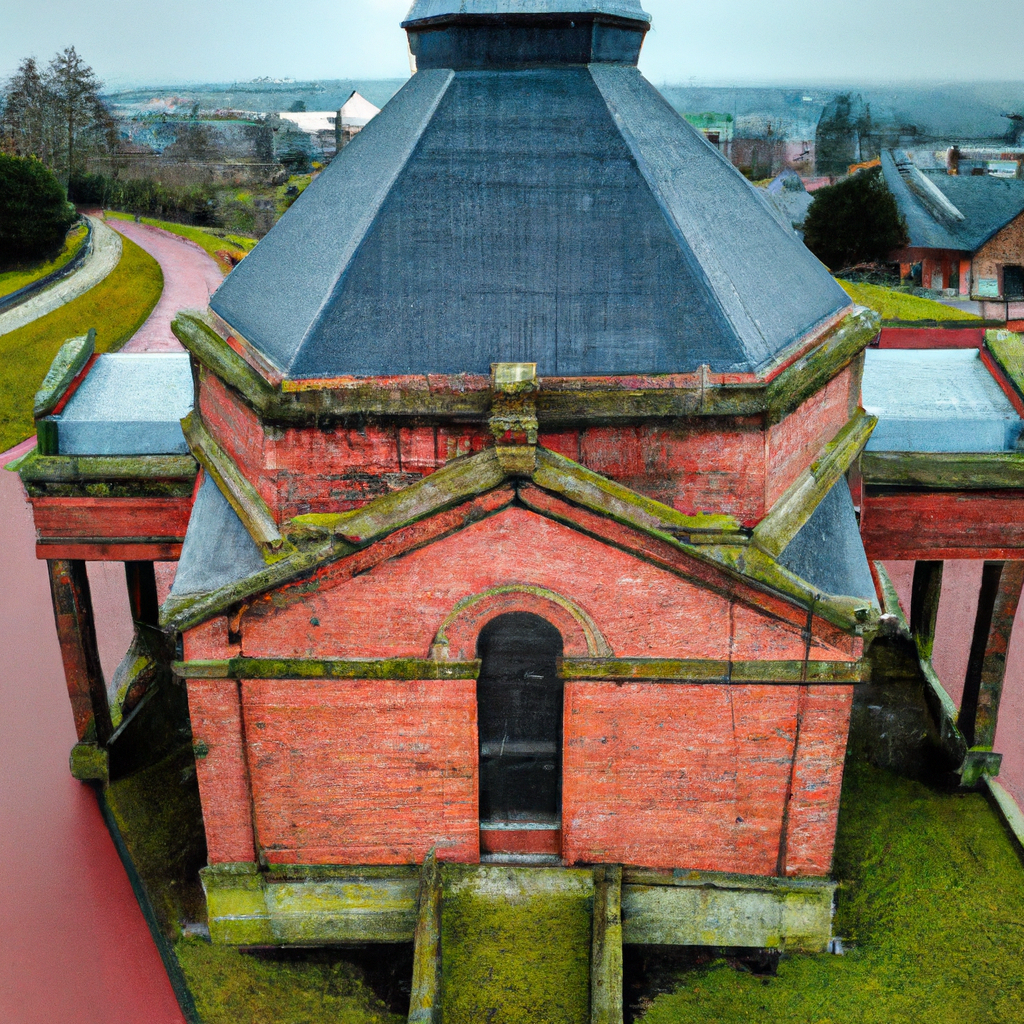
Waterworks architecture in the UK has a rich and fascinating history that spans centuries. From humble beginnings as functional structures designed to provide clean water to the masses, these architectural marvels have evolved into works of art that not only serve their purpose but also enhance the aesthetic appeal of their surroundings. In this article, we will delve into the evolution of waterworks architecture in the UK, exploring its transformation from functionality to artistry.
The Early Days: Functional Necessity
In the early days, waterworks architecture in the UK primarily focused on functionality. The main objective was to provide clean and safe water to the growing population. Early waterworks structures were often simple and utilitarian, designed to efficiently transport and distribute water from natural sources such as rivers and wells.
One notable example of early waterworks architecture is the London Bridge Waterworks, established in 1582. The waterworks consisted of a series of wooden pipes that transported water from the River Thames to various parts of the city. While these structures lacked aesthetic appeal, they played a crucial role in improving public health and sanitation.
The Industrial Revolution: Engineering Marvels
With the advent of the Industrial Revolution in the 18th century, waterworks architecture underwent a significant transformation. The growing demand for water, coupled with advancements in engineering and technology, led to the construction of more sophisticated and innovative waterworks structures.
One iconic example of this era is the London Water Tower, designed by engineer Thomas Wicksteed in 1807. This towering structure not only provided a reliable water supply to the city but also became a symbol of engineering prowess. With its neoclassical design and grandeur, the London Water Tower showcased the potential for waterworks architecture to combine functionality with aesthetic appeal.
Victorian Era: Ornate Elegance
During the Victorian era, waterworks architecture in the UK took on a new level of ornate elegance. As the country experienced a period of prosperity, water supply became a matter of civic pride, leading to the construction of grand waterworks structures that showcased the wealth and sophistication of the era.
The Crossness Pumping Station, completed in 1865, is a prime example of Victorian waterworks architecture. Designed by engineer Sir Joseph Bazalgette, the pumping station features intricate ironwork, decorative brickwork, and ornate detailing, reminiscent of the Gothic Revival style. The Crossness Pumping Station not only served its functional purpose but also became a tourist attraction, captivating visitors with its architectural beauty.
Modern Innovations: Fusion of Technology and Design
In the modern era, waterworks architecture in the UK has witnessed a fusion of technology and design. As sustainability and environmental consciousness have gained prominence, waterworks structures now incorporate innovative technologies and materials that minimize their impact on the environment.
One noteworthy example is the Scottish Water Headquarters, completed in 2010. This contemporary waterworks structure seamlessly blends modern design principles with sustainable features. The building utilizes rainwater harvesting systems, solar panels, and energy-efficient technologies, showcasing a harmonious integration of functionality, aesthetics, and environmental responsibility.
Conclusion
Waterworks architecture in the UK has come a long way from its humble beginnings as functional structures to its current status as architectural marvels that seamlessly blend functionality and artistry. From the early days of wooden pipes to the Victorian era’s ornate elegance, and the modern innovations that prioritize sustainability, waterworks architecture has continuously evolved to meet the changing needs of society.
Today, these architectural wonders not only provide clean and safe water but also contribute to the visual landscape, enhancing the beauty of their surroundings. As we continue to embrace advancements in technology and design, the future of waterworks architecture in the UK holds the promise of even more awe-inspiring structures that will leave a lasting impact on both functionality and artistry.
So, as we explore the evolution of waterworks architecture in the UK, it becomes evident that these structures have transcended their functional purpose to become true works of art that inspire and captivate. By embracing both form and function, waterworks architecture exemplifies the perfect marriage of utility and beauty, creating a lasting legacy for generations to come.
